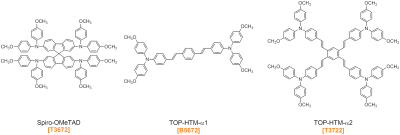Researchers design transport layers that decouple perovskite thickness from efficiency limitations
Researchers at Germany's Forschungszentrum Jülich have reported a method to fabricate >1-micrometer thick perovskite films by employing hole-transporting bilayers of self-assembled monolayers (SAMs) and poly[bis(4-phenyl) (2,4,6-trimethylphenyl)amine] (PTAA). Recognizing the critical role transport layers play in exacerbating thickness-dependent losses, the team optimized a dual-layer hole transport architecture to reduce resistive losses and recombination. The authors achieved remarkable efficiency retention at over 1 micron thickness.
This work focuses on a solar cell architecture that decouples thickness from efficiency limitations. By sandwiching specialty organic films around the perovskite layer, the authors enabled micron-scale thicknesses without forfeiting peak performance. Their design notably achieves a remarkable 20.2% efficiency at over 1 micron thickness with minimal losses compared to thinner versions.





